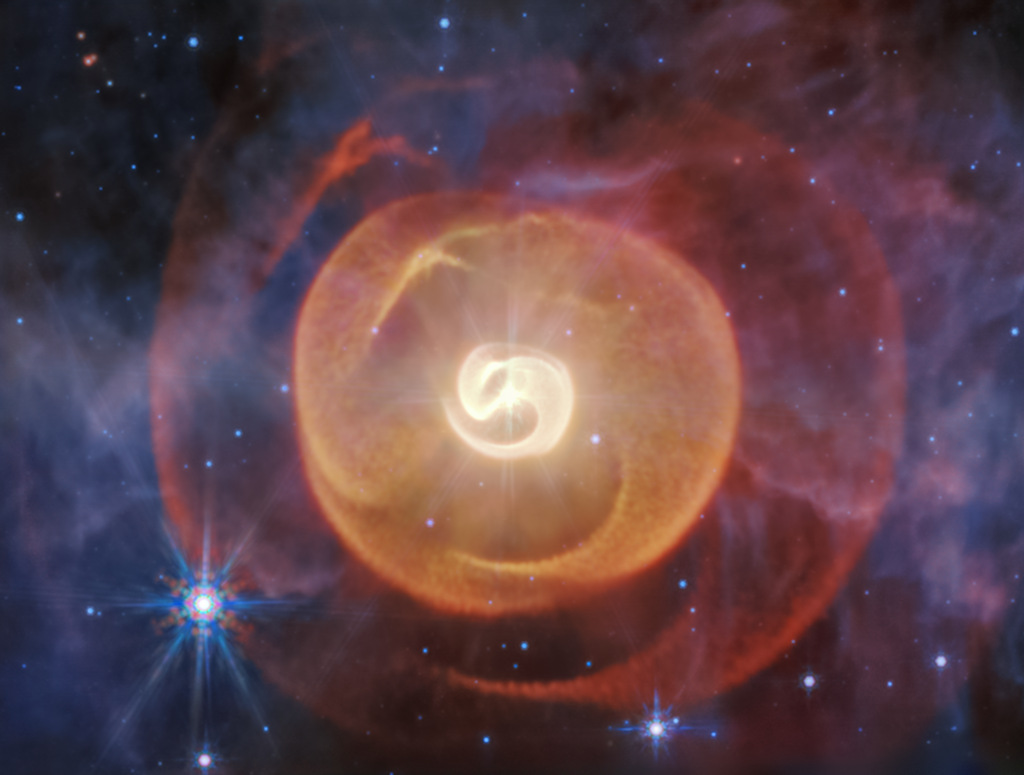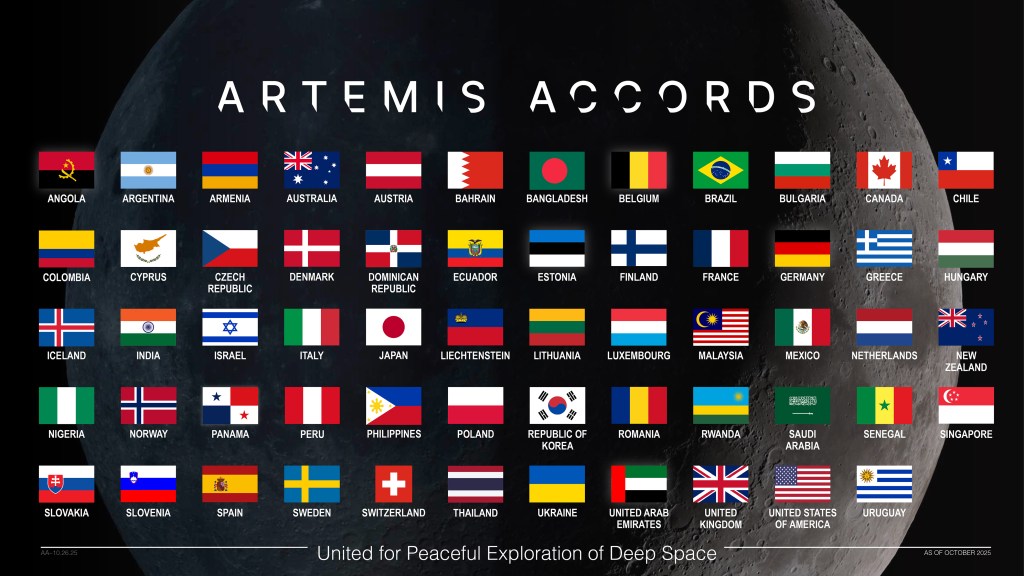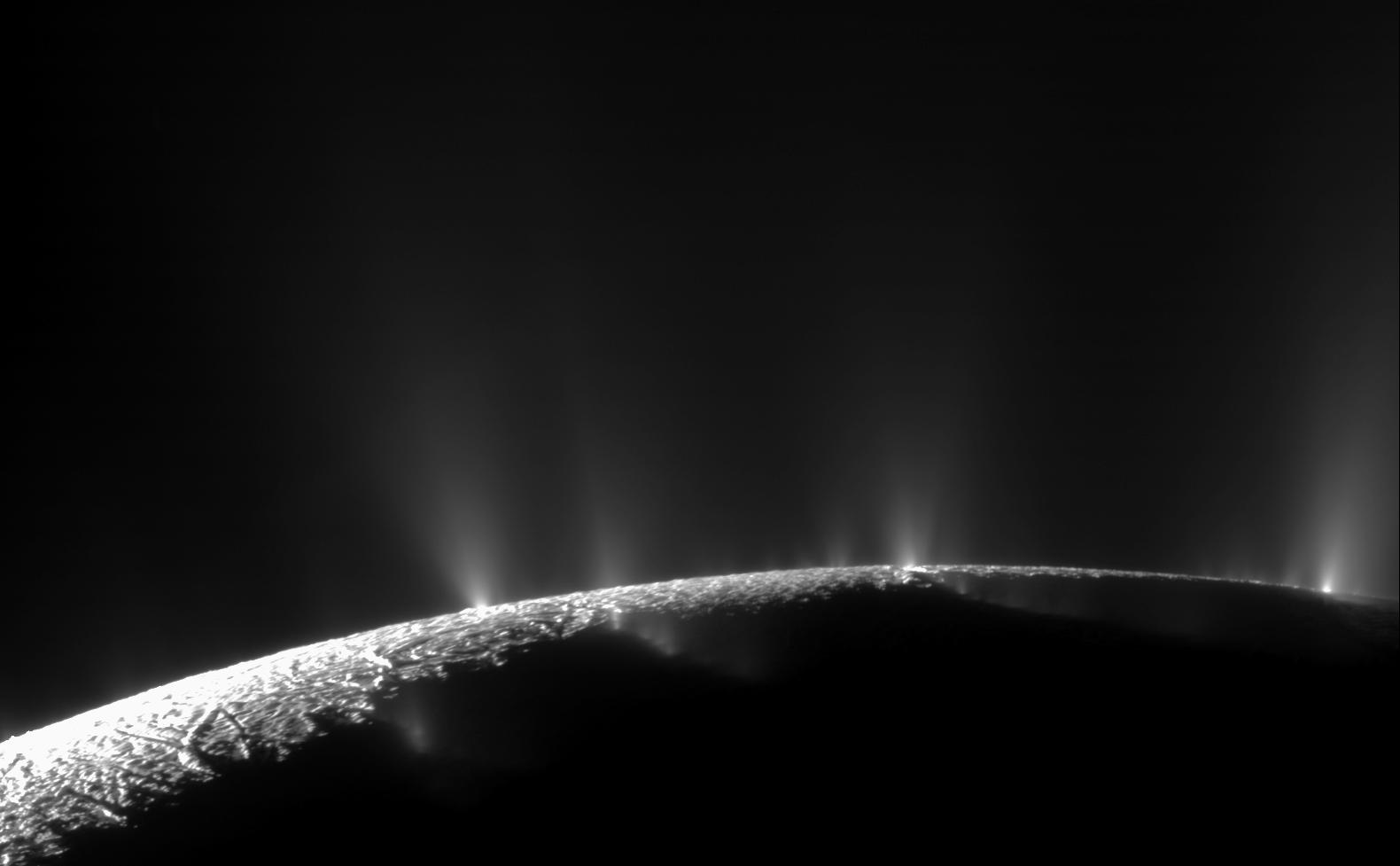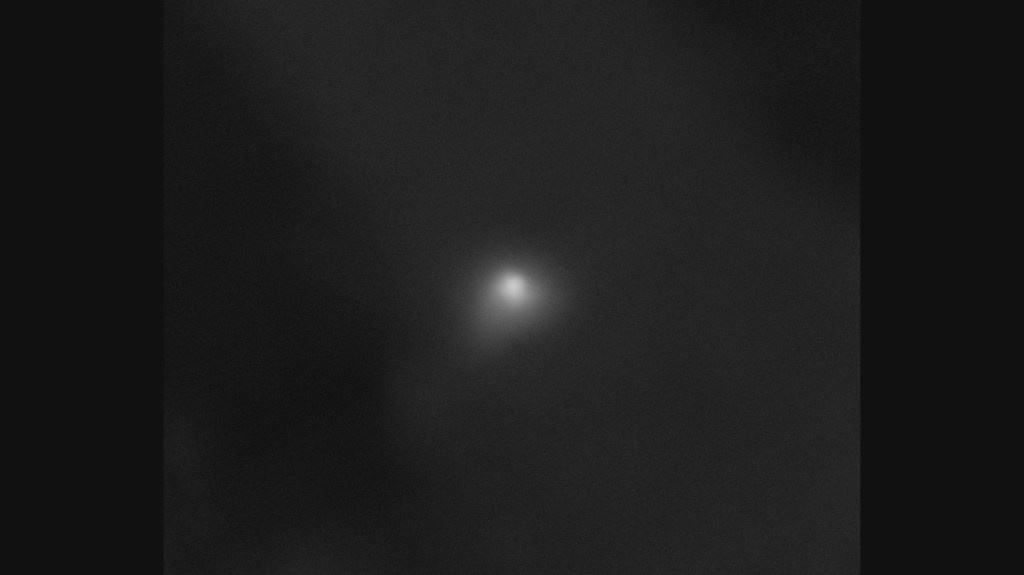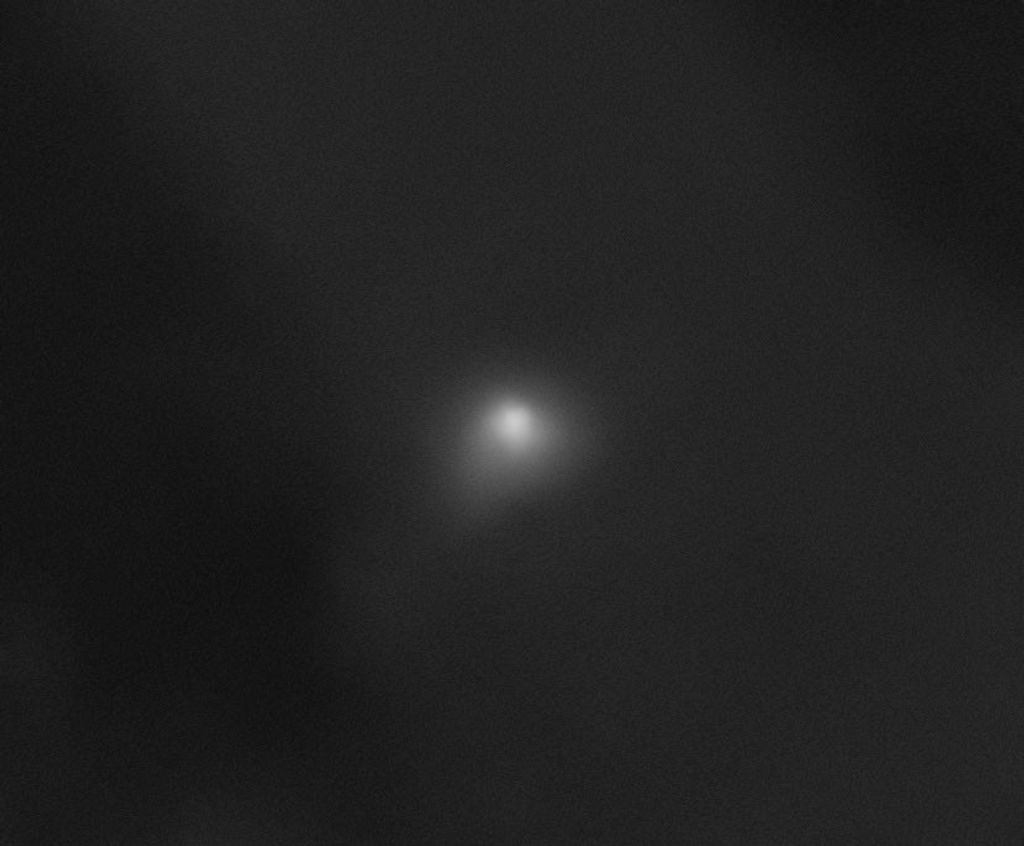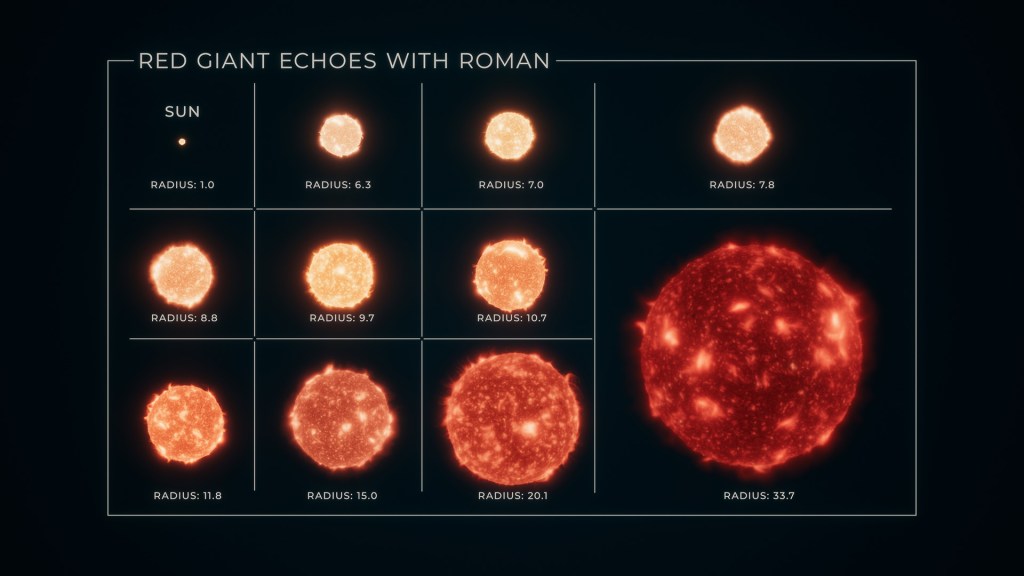1 min read
Exploding Star Eta Carinae, Seen in Three Dimensions

This is a unique three-dimensional image of the star Eta Carinae, with its twin lobes and equatorial disk of expanding dust and gas. The picture, taken with the Hubble Space Telescope, was assembled from two images of Eta Carinae take 17 months apart (April 1994, September 1995). The motion of the gas and dust between the observations, and Hubble's high resolution, allows astronomers to combine and encode the images to reveal the true three-dimensional geometry of the system.
This image is a red/blue "anaglyph" stereo picture. It will appear in 3-D when viewed using red/blue stereo glasses. Such glasses consist of a red lens over the left eye and a blue lens over the right eye. A true stereo picture consists of two separate images intended to be viewed by each eye independently. An anaglyph image combines the two views by representing one inherently black & white image in blue only and the other in red only. Viewing an anaglyph image with red/blue glasses separates the two views by permitting only the appropriate part of the image to reach the intended eye. Stereo glasses can be made by using red and blue celophane or gelatin filter material. Inexpensive stereo glasses may be purchased where 3-D comic books are sold, among other places.
The resulting view clearly shows the nebula's "barbell" shape of two giant, roughly spherical lobes of ejecta, with the bottom-left lobe in the foreground and the top-right lobe tilted away. Fast-moving material along the star's equator lies in a thin disk between the lobes, like an LP record between two basketballs. The image shows curious streamers of material flowing from the disk far out into space.
The images were taken in violet light with Hubble's Wide Field Planetary Camera 2. The star is more than 8,000 light-years away in the southern constellation Carina.
About the Object
- R.A. PositionR.A. PositionRight ascension – analogous to longitude – is one component of an object's position.10h 45m 3.59s
- Dec. PositionDec. PositionDeclination – analogous to latitude – is one component of an object's position.-59° 41' 4.26"
- ConstellationConstellationOne of 88 recognized regions of the celestial sphere in which the object appears.Carina
- DistanceDistanceThe physical distance from Earth to the astronomical object. Distances within our solar system are usually measured in Astronomical Units (AU). Distances between stars are usually measured in light-years. Interstellar distances can also be measured in parsecs.10,000 light-years (3,100 parsecs)
About the Data
- InstrumentInstrumentThe science instrument used to produce the data.HST>WFPC2
- Exposure DatesExposure DatesThe date(s) that the telescope made its observations and the total exposure time.September 1995
- Object NameObject NameA name or catalog number that astronomers use to identify an astronomical object.Eta Carinae
- Object DescriptionObject DescriptionThe type of astronomical object.Planetary Nebula
- Release DateJune 10, 1996
- Science ReleaseDoomed Star Eta Carinae
- Credit
Related Images & Videos

The Doomed Star Eta Carinae
A huge, billowing pair of gas and dust clouds are captured in this stunning NASA Hubble Space Telescope image of the supermassive star Eta Carinae. Using a combination of image processing techniques (dithering, subsampling and deconvolution), astronomers created one of the...

Furious Expansion of Eta Carinae Debris
The furious expansion of a huge, billowing pair of gas and dust clouds are captured in this NASA Hubble Space Telescope comparison image of the supermassive star Eta Carinae. To create the picture, astronomers aligned and subtracted two images of Eta Carinae taken 17 months...
Share
Details
Claire Andreoli
NASA’s Goddard Space Flight Center
Greenbelt, Maryland
claire.andreoli@nasa.gov

